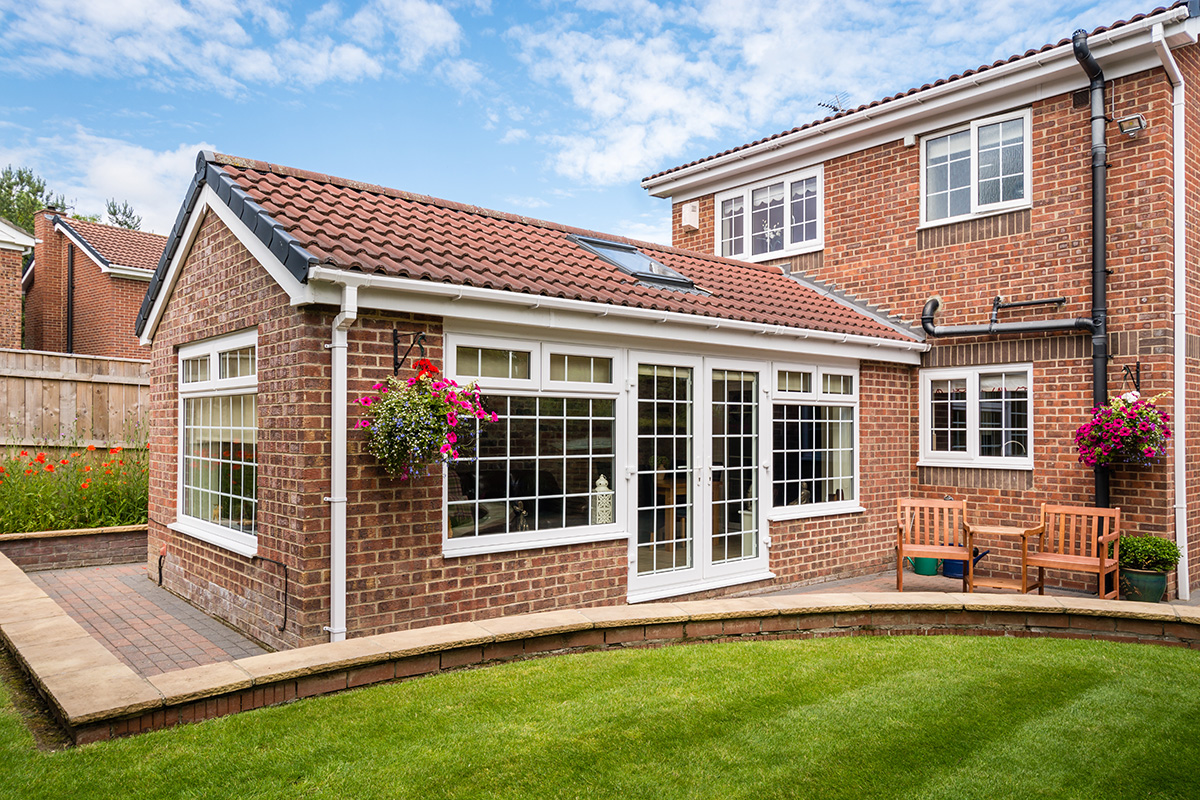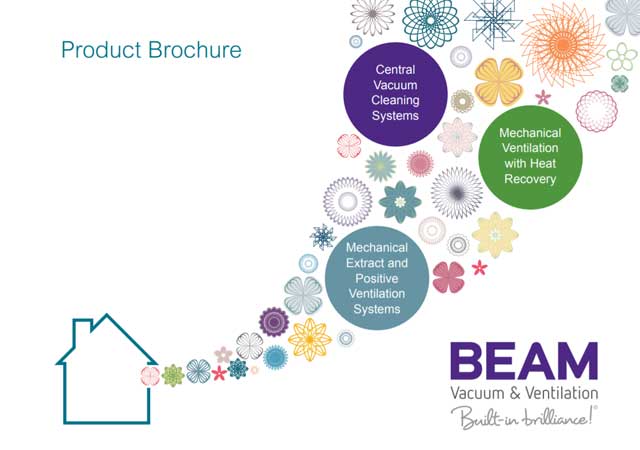Building Regulations Part F: How the New Ventilation Changes Could Affect You

The changes to Part F of the Building Regulations come into effect in mid-June and could have an impact on renovators.
Building Regulations Part F addresses a topic that is often overlooked in home energy efficiency. We have all focused on insulation until recently to improve the efficiency of our homes. However, if you want an energy-efficient result, it is essential that new and existing properties are airtight.
Although ventilation is essential for a warm and airtight home it is often overlooked in the equation of energy efficiency. While insulation is important and can be very effective, even the most well-insulated wind tunnels will not retain heat. The insulation you have applied will not work properly if your house is not airtight, as the heat is lost to the atmosphere.
The Construction Regulations include ventilation. These regulations will be changing starting on 15 June 2022. This could impact anyone who is undertaking a home renovation, extension, or self-build project.
Here are the details about Part F and how it will affect your project.
What is Building Regulations Part F and how do they work?
Part F of Building Regulation Part F addresses ventilation in England properties. Most details can be found at the government site. These documents are intended to ensure that ventilation does not only provide the required airflow but also efficiently and quietly.
There are four ventilation systems that can be used. I will expand on this below. If you are undertaking a self-built you must comply with the regulations set forth by building control.
Each system has an impact on the property’s cost, disruption, and overall energy efficiency. This is why it is important to go through the details at the beginning. Otherwise, you might end up with a system you did not choose or that doesn’t work.
What are the New Regulations?
The government announced in December 2021 that several new building regulations would be applicable to homeowners and homebuilders starting on 15 June 2022. This is an interim lift to Part F and could have a significant impact on those who are renovating a house or adding an extension, or making home improvements.
Uplift requires that ventilation be maintained at the same level as before any renovations, extensions, or improvements are made to buildings. All regulations governing controlled services, such as electrics, cookers, and boilers, must be adhered to.
Part F now recommends that any installation of mechanical ventilation products should include guidance about why ventilation is important. For both boost and trickle rates, a commissioning sheet and checklist will be available.
Additionally, it will be recommended that all replacement windows are fitted with trickle ventilation unless an alternative form such as whole-house Mechanical Ventilation and Heat Recovery ( /MVHR), or that ventilation does not become worse after the works have been completed.
However, the government has been criticised for failing to go far enough with its new changes. Chris Herring, director of Green Building Store says: “Airtightness is as important as insulation. But it seems that there is no plan to address this in the current uplift.
“Fundamentally, the government must address this issue. It should significantly tighten airtightness levels to move to mechanical ventilation. It would take some time because the industry and supply chains for mechanical ventilation are not mature. However, we won’t be able to achieve high-quality fabric without it.
What is the purpose of updating the regulations?
For the health and well-being of all occupants in a building, ventilation is essential. However, efficient ventilation is vital if we are to convince people not to turn off the ventilation units to save energy.
You will see an improvement in insulation performance if your home is more airtight. However, you will also experience increased condensation from the lack of air movement. It is necessary to remove the vapour from an airtight structure. This must be done carefully.
These changes are necessary because many homes are becoming more airtight, and smaller rooms. This results in less air volume for each person, and fewer air changes. In turn, this affects the air quality.
You have the perfect storm of stale air when you add in the fact that many people are spending more time at work due to flexible working and permanent working from home.
Moisture in your home doesn’t disappear. Continuous ventilation is the best method to reduce the amount of vapour in the air that condenses in your home, forming harmful products like mould. You must ensure that ventilation is constant, but also manage it so you don’t lose too much heat.
What Ventilation Systems Do You Insure?
Each of the systems described in Part F has the minimum performance requirements to ensure indoor air quality. Each system has a set of airflow rates. I will use litres per minute (l/s) to describe them. These are guidelines and are not intended to be used as targets.
To create a healthy home, the homeowner must work with certified installers and manufacturers to ensure the best system specification and design to meet Part F compliance. If these ventilation rates are not maintained, the occupants’ health and well-being could be put at risk.
1. Background Ventilation and Intermittent Extract Fan
Intermittent extract fans with background ventilation are the best way to meet Building Regulations Part F. Trickle vents in windows or air bricks within walls are the best options for meeting the Building Regulations Part F.
All wet rooms, including the bathroom, ensuite, kitchen, and utilitarian room, have extract fans. These fans must be able to provide the following ventilation airflow rates: minimum intermittent extract, and whole-building ventilation rates, based on the number and occupancy levels of the dwelling.
Extract rates are:
- Kitchen – 30 l/s next to the hob, or 60 l/s otherwise
- Utility room: $30/s
- Bathroom (including a shower room or ensuite). 15l/s
- Sanitary accommodation – 6 l/s
The entire house ventilation rate should also consider the uninterruptible free area of trickle vents or air bricks.
2. Passive Stack Ventilation
Passive stacks are non-mechanical ventilation methods that use convection or wind pressure.
First, the principle of convection or air buoyancy is used. Warm, rising air currents allow for the movement of air out at a high altitude. Fresh air then enters via trickle vents, air bricks or purpose-made air intake ducts. These ducts can be found in different locations within the dwelling or in the passive ventilation system. You can heat the air by placing ducts in chimney stacks. Or, you can design a vaulted area with plenty of glazing so that the sun can warm the area, which will cause convection.
The second depends on wind pressure. The wind blows away from the building, creating positive pressure on its windward side. As the wind pulls and pushes from each side, the combination of positive and negative air creates airflow in the home. This effect can quickly take away warmth from a home, but it can be very effective if the design is correct.
Some systems have dampers to reduce airflow during strong winds. This adds a little ‘active control’ but also prevents over ventilation.
Many passive stack airflow rates can be affected by weather and occupants. This could lead to under or over ventilation. A lower ventilation rate could be required if there is no sun or wind, or the home is not fully occupied.
3. Mechanical Extract Ventilation
Continuous ventilation is mechanical extract ventilation (MEV). It can either be a centralised whole-house MEV system or localised decentralised dMEV fans.
A centralised MEV system can be found in a hallway cupboard or loft space. Multiple ducts are connected to the MEV unit from the kitchen, bathroom and ensuite. This allows for the simultaneous drawing of moisture-laden air from the wet rooms. Each area is checked by an engineer before the ducts can be commissioned. Fresh air is introduced to the home through trickle vents or air bricks embedded in the fabric as the air is extracted.
Individual room fans called dMEV fans draw moisture from the bathroom, kitchen, or any other wet area.
Continuous mechanical systems must have either manual or automated controls (e.g. Humidity sensors can be used to switch between boost and trickle modes, depending on the air quality.
MEV systems can be equipped with air quality sensors, automatically variable air vents and controllable fan units. This is called ‘on-demand’ ventilation. The fan unit is controlled by sensors according to the air quality. The trickle vents open and close depending on the humidity level in the room. This allows ventilation to only be used when it is needed. Although these systems are very useful, there could be pollutants such as paint or aerosols that cannot be triggered by the sensors. You must ensure that the system works as intended.
MEV systems can also be integrated into hot water cylinder exhaust heat pumps. The heat from the extracted air is used to heat the hot water in a small heat pump. This method ensures that the heat from the home is not lost to the atmosphere unless there is a hot water demand.
What is purge ventilation?
Each room must have purge ventilation and be capable of extracting at least four air changes an hour. Purge ventilation would include a window or mechanical system.
4. Mechanical Extract Ventilation and Heat Recovery
MVHR offers fresh, filtered air, high energy efficiency, and a comfortable climate year-round.
The wet areas, which include the kitchen, bathroom, utility, and en-suite bedrooms, are emptied of moist, stale air. Fresh air is then brought back into the living spaces, such as the bedrooms and lounge, and the dining room. Heat is transferred indirectly from the warm, stale and incoming air through heat exchangers. A large portion of the heat is recovered and not lost to the atmosphere.
MVHR systems must always provide the lowest whole-building ventilation rate and the lowest extract rates in the wet areas. Balance must be achieved between the extract and supply rates.
The Domestic Ventilation Conformity Guide outlines the whole-house ventilation rates for homes. 1-bed homes are 13 l/s; 2-bed homes are 17 l/s; 3-bed homes 21 l/s; 4-bed homes 25l/s; 5-bed homes 29l/s. However, a minimum ventilation rate must be maintained at 0.3l/s/m2 floor area (including all floors).
These figures assume one bedroom is used by two people. If there are more than two persons, you will need to add 4l per person. The minimum extract rates are 13l/s for the kitchen, 8l/s for bathrooms, shower rooms, and utility rooms, as well as 6l/s for a WC. Your balanced ventilation rate may increase if there are several ensuite rooms within a house, as well as a utility and a few WCs. The highest rate is what becomes the required ventilation rate.
There are four options, but system 4 allows for the most flexibility. However, if you want to prevent air vents from your walls and windows, then system 4 is the best choice. You should also keep in mind that airflows can sometimes clash with other standards, such as Passivhaus. This depends on the size and occupancy of your home.

